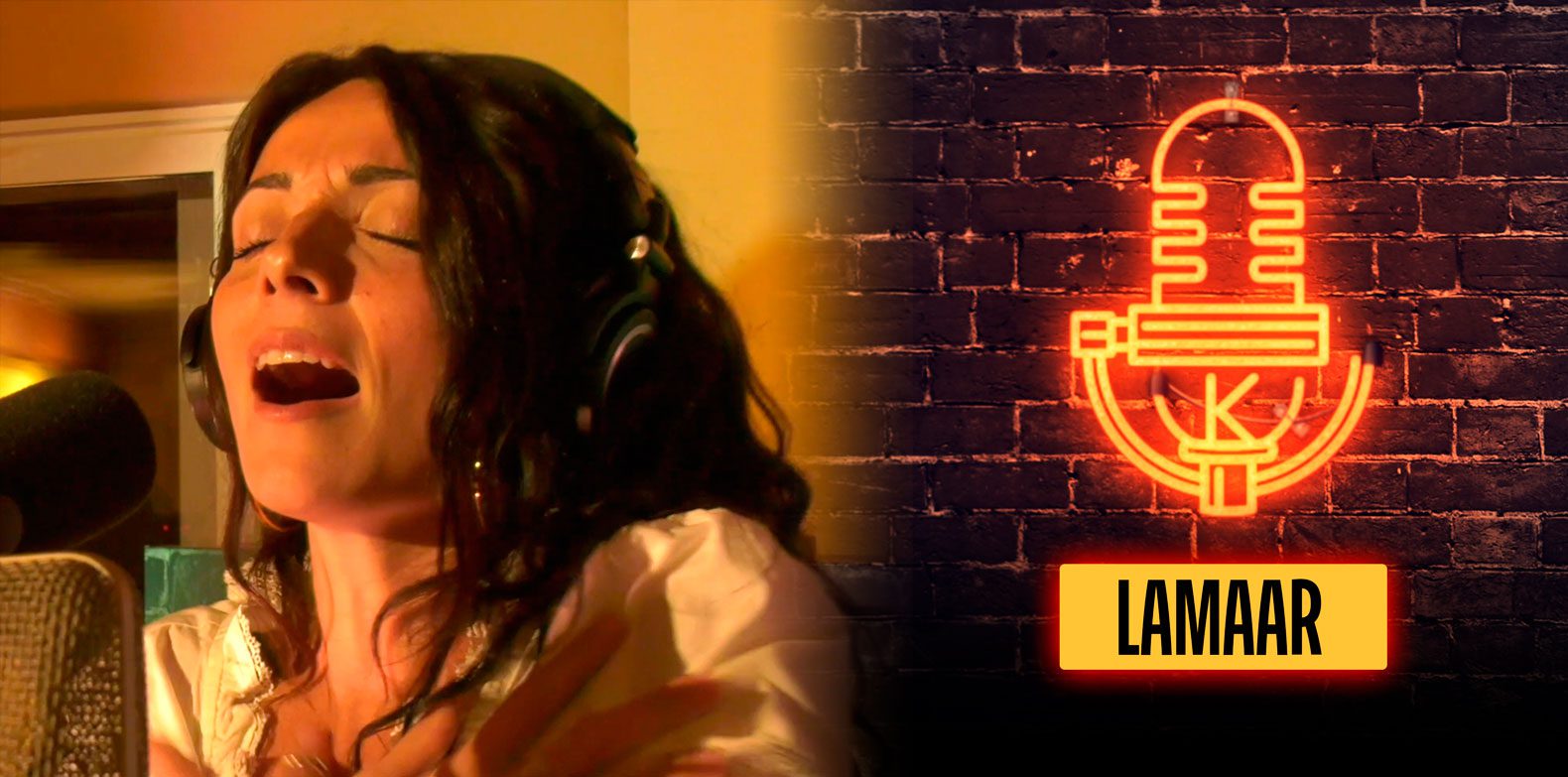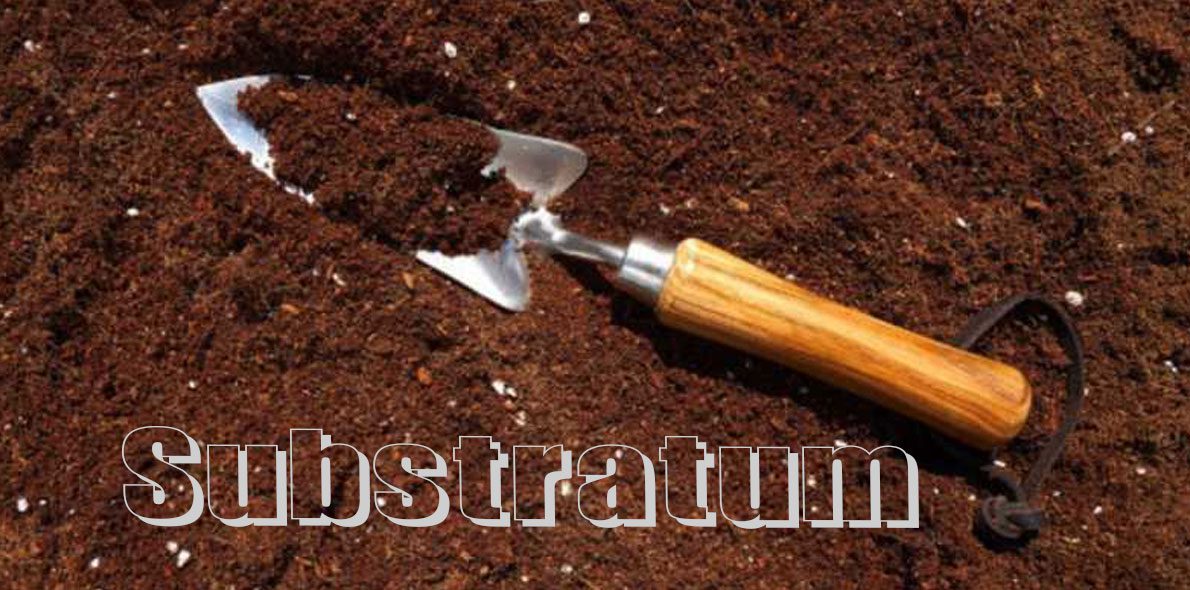
Lamaar, a voice to fall in love with, on Knnb Live
The singer Martina Picaro, aka Lamaar, is the star of the third edition of Knnb Live. After the first two deliveries of Knnb Live comes the turn of this fusion proposal that has a voice…
Iberian Peninsula express shipping
0€ Orders over 60€
*6€ orders under 59€
East, West, South Europe express shipping
0€ Orders over 150€
*18€ orders under 149€
North Europe express shipping
0€ Orders over 160€
*20€ orders under 159€
Ireland, Norway, UK normal shipping
0€ Orders over 60€
*6€ orders under 59€
Rest of the world normal shipping
0€ Orders over 180€
*25€ orders under 179€
Shipping costs can be confirmed in your shopping cart.
For additional shipping methods, please reach out through info@kannabia.com.


*Website protected by SSL.
**Not available in all regions.
*Your coupon will be sent via email.
*Should you have any question, comment or feedback, please do not hesitate to contact us.

The substrate is a homogeneous mixture of compost, pearlite, peat, sand, bark and hummus, among others. There are fertilised substrates. Personally, I recycle and recompose my substrate every season after harvest.
If you are going to buy fertilised substrate, always make sure you know if that product was kept in the shade and if it was well aired.
For the preparation of a good substrate we must know the ingredients that we are using:
They come from a fermentation and high humidity; they have a high carbon composition. Black peat is not recommended for garden because it has excess mineral salts.
The blond peat is the most used in the garden because it retains liquid and helps to aerate other types of soil. Crop professionals choose it for it stability since it is easy to supply the plants with the fertilizer in the irrigations.
The peats have the ability to retain up to 10 times their weight in water (beware of over-watering).
The sands are mixed in the substrate to improve the drainage of the plants, oxygenation, sanitation, aeration, plant stability and the best rooting.
It is always advisable to place 3/4 of soil and 1/4 of sand so that it has the ideal properties.
It is a volcanic rock that contains between 2% and 5% of water. It is silicate rock; therefore, it also provides silicon. The pH of the pearlite is neutral, improves drainage, it is very light and economical. It retains moisture but to a lesser degree than vermiculite.
It is a mineral formed by magnesium or iron silicates and it contains some water.
It is able to retain moisture and nutrients from our plants. It can contain magnesium calcium potassium and harmonium, very necessary in the crop. Its pH is also neutral and is totally inert. It promotes aeration and absorbs large amounts of water
It is basically the excrement of the worm after having eaten the organic waste found in the soil. This product provides numerous benefits for our plants. Improves soil quality; helps the absorption of nutrients, thanks to fulvic and humic acids, and facilitates rooting. It is also totally organic.
Coconut fibre is obtained from the coconut fruit fibres. It also has great capacity for water retention and aeration. The pH is around 5.5 to 6.5 approximately, making it suitable for most plants. In addition, it retains and releases nutrients. It is an organic and sustainable product.
As we saw in previous articles, these fungi protect the roots, and facilitate the assimilation of nutrients quickly. The algae act as bio-stimulants, helping the plant in its growth and vigour.
The rice husk improves the physical characteristics of the soil and organic fertilizers, facilitating aeration, moisture absorption and nutrient filtration.
Dolomite is a versatile mineral that is commonly known under the term magnesium limestone. It is both a calcium carbonate and magnesium; its composition has various materials, such as manganese or iron. It is frequently used by gardeners to stabilize and reduce soil acidity.
In general, wood ash contains a lot of calcium and potassium and, also, silica, magnesium, phosphorus, some sulfur and very little nitrogen.
Chalkcoal is chemically inert; it has a high absorption and the property of retaining nitrogen from the air and converting it into an accessible form for plants. It functions as a catalyst for the biosphere vital activity of the humus layer.
With all the ingredients studied, we can make our substrate. The proportions that I will dictate here are for a basic growth substrate. Remember to make a rich substrate from the beginning, this will directly favor production!
| COMPONENT | PROPORTION |
|---|---|
| PEAT | 50% |
| SAND | 3/4 soil 1/4 of sand |
| PERLITE | 5% |
| VERMICULITE | 5% |
| EARTHWORM HUMUS | 20% |
| COCONUT FIBRE | 10% |
| RICE HASK | 5% |
| DOLOMITE | 5% |
| ASH / CHARCOAL | A handful |
| FUNGUI AND MICROALGAE | See product |
I hope you found this article to be useful and you can enjoy a good cultivation of cannabis!